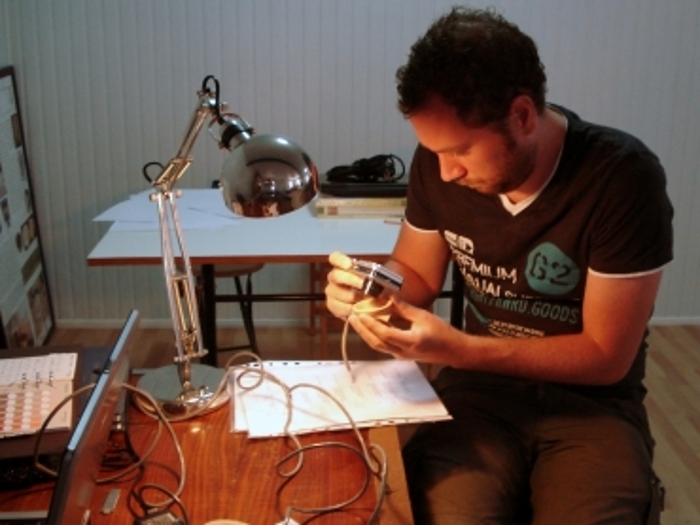In search of the origin of all languages
There is a linguistic hypothesis that states that all languages from Europe to India originate from a single mother language: Proto-Indo-European. This language is thought to have been spoken thousands of years ago. Researcher Alwin Kloekhorst plans to use linguistic genealogy to study the very first split of Proto-Indo-European into the languages of the Indo-European family. This will help us to find out more about the origin of modern European languages, including Dutch.
Long prehistory
The Proto-Indo-European language is the hypothesised mother language of all languages within the Indo-European family. This language is thought to have been spoken around 3500 BC by nomads living in what is present-day Ukraine. When these nomads first began to spread throughout Europe and Asia, their language changed into a number of different dialects from which the modern European, Iranian and Indian languages developed. No written evidence of Proto-Indo-European has ever been found, but its existence has been assumed by linguists since the early 19th century.
Three scenarios on the origins of Anatolian
Until now there has been much confusion about how Proto-Indo-European split into the languages that we know today. One of the most important questions concerns the position of the Anatolian language branch, which consists of a group of languages that were spoken between 2000 BC and the year zero in Anatolia (Turkey), and which are the oldest known Indo-European languages.
Three possible scenarios have been put forward in the academic debate regarding the origin of Anatolian. Scenario 1: Anatolian is a daughter of Proto-Indo-European. Scenario 2: More precisely, Anatolian is the daughter language that first split off from Proto-Indo-European. Scenario 3: Anatolian is a sister language of Proto-Indo-European. Despite the fact that Anatolian is clearly related to the other Indo-European languages, it cannot easily be fitted into the current genealogy. This is why some researchers have suggested that Anatolian is perhaps not so much a daughter of Proto-Indo-European as a sister.

Grandmother language
Alwin Kloekhorst hopes to elucidate the mysterious position of Anatolian by comparing Anatolian languages with various other groups in the Indo-European family. 'If we find evidence that Anatolian is not a daughter but a sister of Proto-Indo-European, we can trace Anatolian and Proto-Indo-European to a kind of grandmother language. This would mean that all Indo-European languages (including Dutch) have a much longer prehistory than we had so far assumed. And we are talking about hundreds, possibly thousands of years.' In order to investigate this hypothesis, Kloekhorst will be using cladistics, a kind of linguistic variation on genealogy, to establish very precisely the position of Anatolian within the Indo-European language family. Kloekhorst’s research project runs until 2020 and is supported by a VIDI grant from NWO.
More information:
Splitting the Mother Tongue: The Position of Anatolian in the Dispersal of the Indo-European Language Family

